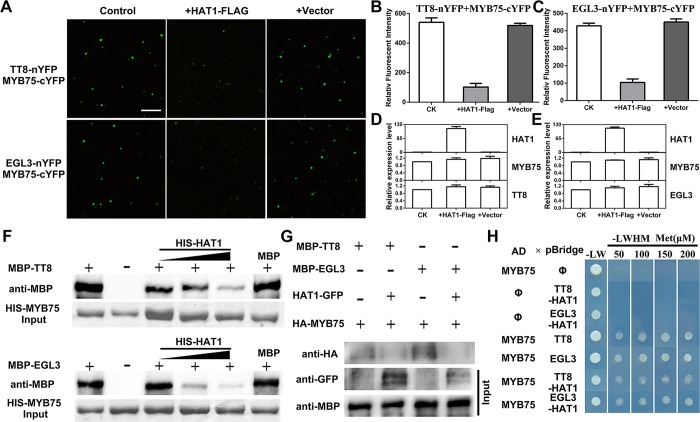Fig 3. HAT1 inhibit the formation of MBW protein complex.
(A) BiFC assays showing that HAT1 interferes the interaction of TT8 or EGL3 with MYB75. YFP fluorescence was observed 48 h after coexpression of TT8-nYFP or EGL3-nYFP/MYB75-cYFP (Control), HAT1-Flag/TT8-nYFP or EGL3-nYFP/MYB75-cYFP (+HAT1-Flag), or Flag/TT8-nYFP or EGL3-nYFP/MYB75-cYFP (+Vector). Bar = 100 μm. (B-C) Quantification of YFP fluorescence intensity in (A). Fifty separate fluorescent flecks were evaluated for fluorescence intensity. Error bars denote ± SD (n = 3). (D-E) qPCR analysis of HAT1, TT8-nYFP (TT8), EGL3-nYFP (EGL3) and MYB75-cYFP (MYB75) expression in (A). The primers used for amplificating Arabidopsis TT8-nYFP (TT8), EGL3-nYFP (EGL3) and MYB75-cYFP (MYB75) are shown in S1 Table online. Expression levels were standardized to Nicotiana Actin, and results of control treatment were set at 1. Error bars denote ± SD (n = 3). (F) Competitive binding assays of TT8 or EGL3 and HAT1 to MYB75. The gradient indicates the increasing amount of HIS-HAT1. The immunoprecipitated fractions were detected by anti-MBP antibody. HIS-HAT1 input is shown in the lower panel. (G) The effects of HAT1 on the MYB75-TT8 and MYB75-EGL3 interaction in plant cells. HA-MYB75 was expressed in protoplasts from wild-type or transgenic plants overexpressing HAT1-GFP with MBP-TT8 or MBP-EGL3. The interaction was detected by immunoprecipitation on anti-MBP resin. The immunoprecipitated proteins (IP) were detected with an antibody recognizing HA. The expression levels of HA-MYB75 and HAT1-GFP were also detected using the indicated antibodies. (H) HAT1 competes with TT8 or EGL3 for binding to MYB75 in yeast. Modulated by the Methionine (Met)-suppressive MET25 promoter, HAT1 was co-expressed with indicated AD and pBridge fusion proteins. Yeast cells grown on the media suppied with the indicated Met levels.

